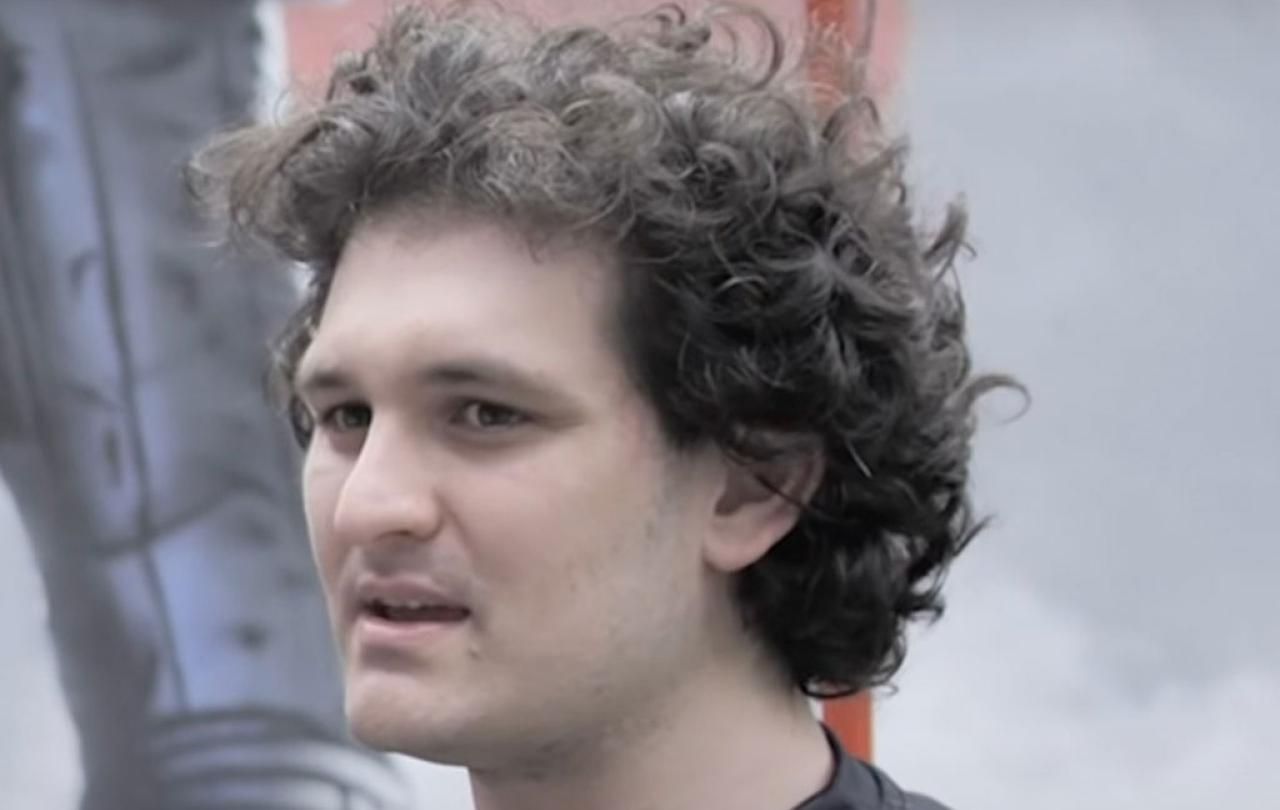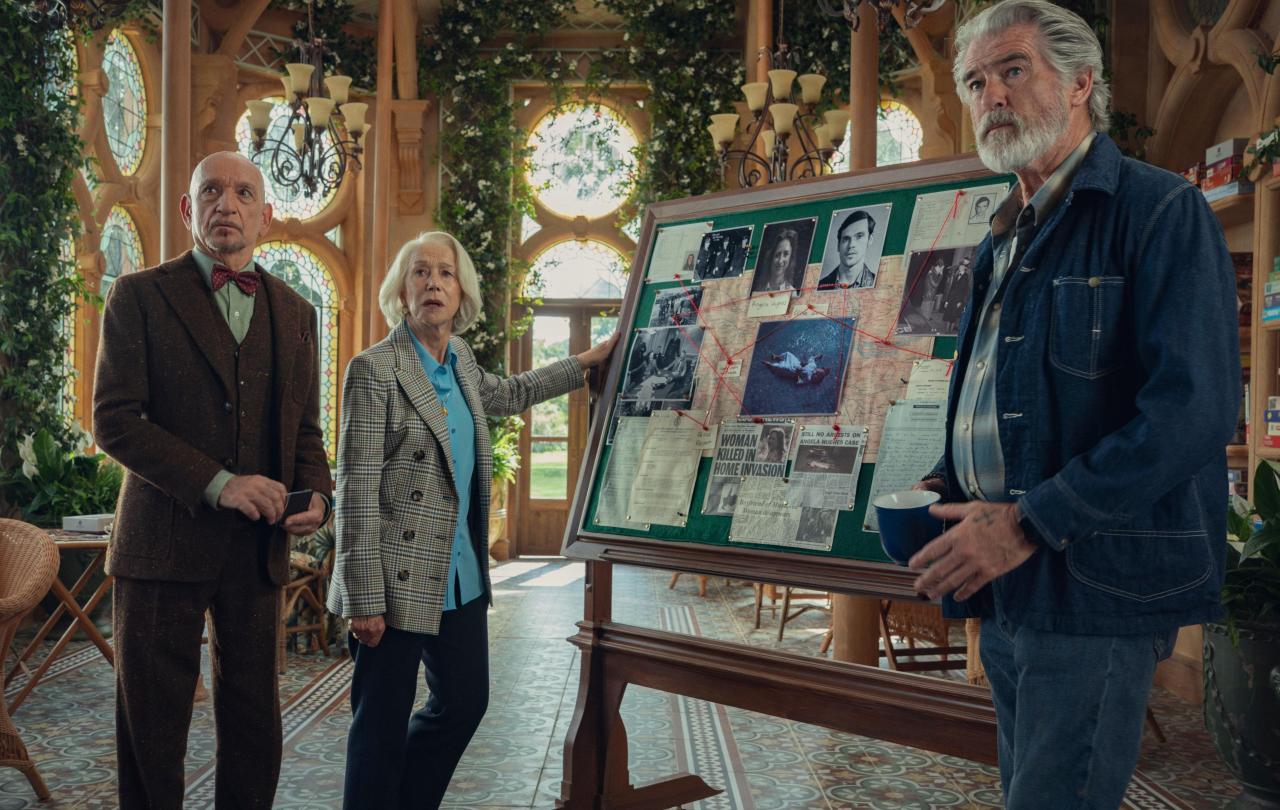
Going Infinite, Michael Lewis’ biography of Sam Bankman-Fried, the world’s youngest self-made billionaire is quite the compelling read.
For a start Lewis has an incredible ability to explain complex economic and business scenarios in a way that is not only accessible, but also gripping. It is no wonder his previous books have been turned into Hollywood blockbusters.
Lewis also has a knack for finding the humanity in almost any given situation. Whether he is writing about the system for picking a world-beating baseball team, the global economic crisis or, in this case, the rise and fall of a cryptocurrency exchange, he delves deep into the characters at the heart of the stories, exposing their strengths and weaknesses, their struggles and values.
The publication of Going Infinite last month also coincided with Bankman-Fried’s real time court case, ending in a guilty verdict for, in the words of US attorney Damian Williams, “one of the biggest financial frauds in American history – a multibillion-dollar scheme designed to make him the king of crypto.”
This fraud centred on Sam Bankman-Fried’s company FTX, a cryptocurrency exchange. It emerged as one of the largest in the world with billions in deposits. All helping Bankman-Fried, aged just 29, to become recognised by Forbes magazine as the 41st richest American.
For all Bankman-Fried’s (and his friends’) talk of altruism, they weren’t very good at being nice to each other.
My personal interest in the man behind the fraud was shaped by three things. Firstly, as an adoptive and foster parent of two children who are on the autistic spectrum, I was interested in what Lewis would say about the common speculation that Bankman-Fried is also on the autistic spectrum.
I was also intrigued by Bankman-Fried’s philosophical approach to philanthropy and how Lewis would present the problems with the movement known as Effective Altruism.
Finally, I was interested in just to what extent Bankman-Fried’s commitment to mathematical algorithms overshadowed his moral awareness, given that it may well ultimately result in a sentence of 100 years behind bars.
Autism
Lewis invites us into as much of the inner world of Bankman-Fried as he can. He writes about his loneliness in childhood and his struggles with social conventions, for example. One particularly powerful moment is when we are allowed to eavesdrop on a video call with Vogue editor Anna Wintour. Bankman-Fried cannot do the call without simultaneously playing a video game. He doesn’t want to see Ms Wintour’s face while she is speaking and only looks at her when he is speaking.
While Lewis readily points to traits that are commonly associated with people on the autistic spectrum – Bankman-Fried’s struggle to comply with social norms and difficulties understanding facial expressions, for example – he avoids using the term “autism”.
It seems that Bankman-Fried himself is aware of his neurodivergent traits and is not afraid to talk about the way they impact his emotional and existential intelligence.
At one point he writes to his girlfriend:
“I don't feel happiness. What's the point in dating someone who you physically can't make happy?"
He went on to say:
“In a lot of ways I don’t really have a soul”
I found statements like these hard to read, but insightful. As a culture we are growing in our understanding and appreciation of a range of areas of diversity, however this has yet to be robustly applied to enable both widespread social acceptance and self-acceptance. The fact that Lewis chooses not to use the term autism may be a symptom of this.
Altruism
Sam Bankman-Fried was a very visible member of the Effective Altruism (EA) movement. EA is a fascinating philosophical approach to philanthropy which challenges individuals to consider their lives in terms of maximising their resources for the benefit of the world. Bankman-Fried’s answer to the question “How can I do most good with my life?” was to plan to earn a very large sum of money, ideally an infinite sum of money, that could then be used to help solve huge global issues such as the threat of nuclear war or another global pandemic.
There are many criticisms of the EA movement, and, Lewis explores several of them during the course of the book. Perhaps most obviously, for all Bankman-Fried’s (and his friends’) talk of altruism, they weren’t very good at being nice to each other. In fact, there was a major falling out between the effective altruists at his first company Alameda Research where half of the employees left because of his leadership style. Charity, it seems, did not begin at home.
It is also unclear how much money Bankman-Fried actually gave away to philanthropic causes. And it is alleged that just a month after FTX collapsed, the company even began trying to claw back the charitable donations it made. According to direct messages on X with journalist Kelsey Piper, Bankman-Fried agreed his ethically-driven approach was "mostly a front".
"Some of this decade's greatest heroes will never be known," he wrote to Piper, "and some of its most beloved people are basically shams."
The quest to do good in the world seemed to have become more like a gambling obsession with Bankman-Fried, a game in which the ends justified the means.
They say the road to hell is paved with good intentions. It is uncertain whether Bankman-Fried had good intentions at all or whether the lure of billions of dollars became so irresistible that whatever virtue once existed was sacrificed to vice.
There was another dark side to Bankman-Fried’s EA philosophy. He seemed to be fascinated by the question of just how far he could go in his calculations of trade-offs and risks in the supposed cause of saving the future of humanity? What was the highest risk he would take? What boundaries would he cross for financial gain? What would need to be sacrificed on the way? The quest to do good in the world seemed to have become more like a gambling obsession with Bankman-Fried, a game in which the ends justified the means.
Automatism
Sam Bankman-Fried was not afraid to be honest about his struggles to process and express empathy in socially acceptable ways. He once said:
"There's a pretty decent argument that my empathy is fake, my feelings are fake, my facial reactions are fake.”
However, what he seemed to struggle with in empathy, he apparently tried to make up for in logic. The following example is helpful.
Lewis records that Bankman-Fried saw Donald Trump as an “existential risk” to democracy and good governance and decided the best way to remove the threat was to offer to pay him not to run for president—an idea Trump was reportedly open to.
“His team had somehow created a back channel into the Trump operation and returned with the not terribly Earth-shattering news that Donald Trump might indeed have his price: $5bn. Or so Sam was told by his team,” Lewis writes.
I have some admiration for Bankman-Fried’s out-of-the-box thinking. He was speaking Trump’s language. He was trying to save the world. He was trying to solve a problem. Logically it was sound. But his $5,000,000,000 calculation was fundamentally flawed. It took no account of democratic values, of the consequences of feeding an ‘existential threat’ billions of dollars, or the illegality of bribery and corruption on that scale.
The same miscalculation haunts the EA movement. While earning infinite amounts of money to save the world or prevent the climate emergency sounds logical, it fails to factor in the dark side of humanity: greed, lust, pride or gluttony, or whichever vice stopped Bankman-Fried from giving away his promised sizeable sum of money and led him rather to committing one of the largest frauds in history. The tech-bro altruistic movement also doesn’t factor in the bright side of humanity: compassion, humility, generosity, sacrifice. It doesn’t account for the human things that keep us going as we pursue justice - proximity to the people we are serving, faith or beauty.
The verdict against Bankman-Fried shows us that hard logic, like lofty ideals, is not enough to protect us from the bad we might do or propel us unswervingly towards the good we should do. The equations are flawed. We are more than machines. We are not social or biological robots. Our emotions and reactions can never be completely predictable or automatic because we are human beings, each of us with our unique strengths and weaknesses.
Ultimately, this is what I liked about Lewis’ book – his portrayal of Sam Bankman-Fried not in terms of how much money he made, or how many years he will spend behind bars, not as Crypto-King or Lord of Frauds, but as a uniquely talented and flawed individual who wrestles with some of the biggest existential paradoxes, and who is still, by the way, only 31 years old.





